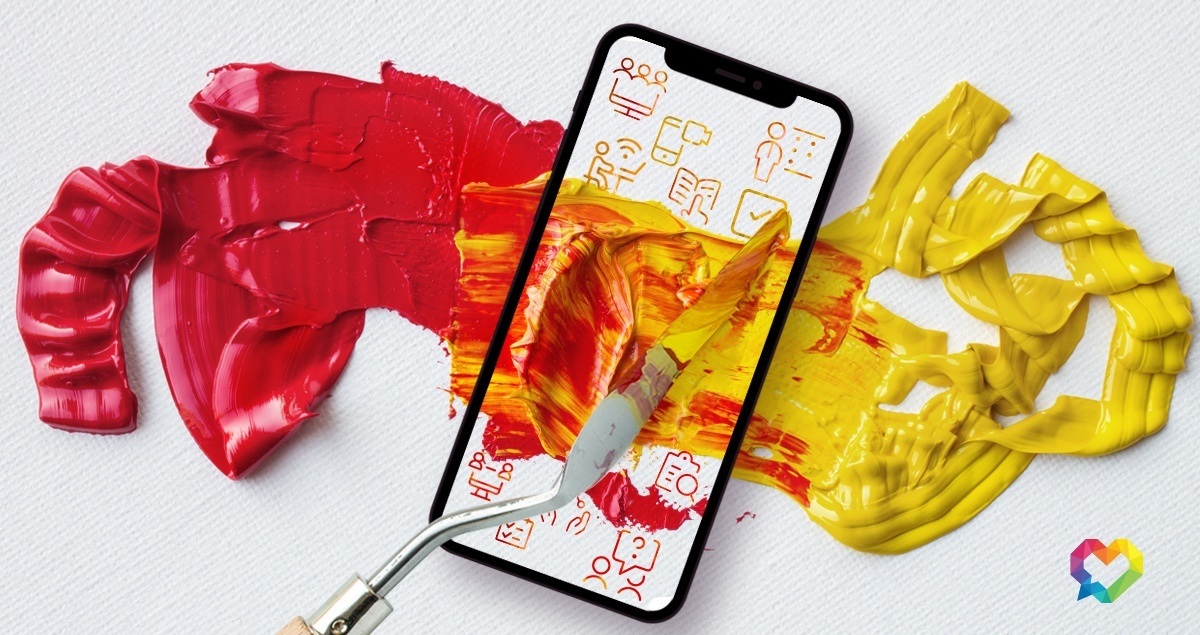How To Add Blended Learning To Employee Onboarding Programs
Pack your suitcases, it’s time to move your training out of the classroom. One of the biggest trends in workforce training for 2017 is predicted to be an increase in the use of blended learning. Before we delve into the topic of how to add blended learning to employee onboarding programs, let us ask: What is a blended approach to training?
Blended learning has become a popular “fusion grill” within Learning and Development. For some learning directors, using blended learning approaches means they can keep their training fresh and highly appealing. However, many training managers remain unsure about what blended learning means, why it is helpful, and how to make the best use of blending learning practices to increase the success of their employee training programs.
What’s Being Blended?
When people refer to blended learning methods, they are talking about some combination of formal and informal learning, or in class and independent learning or even in person and digital learning, or any combination of these or other approaches. In other words: A blend.
Here are just a few of the reasons why Instructional Designers are using blended learning:
- It is more engaging and appealing to learners than traditional classroom-based delivery.
- It incorporates more ways to deliver training which also means more ways to measure learning effectiveness and training impact.
- It is all about flexibility so you can continue to add to it, change it, and approach a blended program in a way that adapts with your team and training needs.
- It aligns with a personalized approach to training that is especially popular among millennial workers and young digital natives.
- It is a simple way to incorporate aspects of newer training practices like mobile learning and gamification without having to create a large project dedicated to any one particular training approach.
The most common blended learning includes the combination of some independent, digital approaches along with shorter, in-person training sessions. The goals of supplementing shorter, in-person training with digital components are to:
- Save time for both learners and trainers.
- Deliver more focused training with less time and money while actually increasing learner engagement.
- Make better use of evidence-based approaches to delivering more effective training (such as retrieval practice tools like Practi) which also offer better ways to track and measure training.
Why Blended Learning Matters To Workforce Training Managers: Ways To Add Blended Learning To Employee Onboarding
Taking a blended approach to employee training means that you can incorporate mobile learning, game-based approaches, and other new items on the training menu that you and your team have been eager to try out. The following is a small selection of some blended learning projects many teams can explore.
1. Use Blended Approaches To Orient New Employees To Your Unique Company Culture.
Instead of sitting your new hires in front of a slideshow and delivering a long lecture about the history of your company, why not design and deliver a discovery game?
Invite a handful of experienced team members to your new hire orientation and ask each new employee (alone or in teams) to interview them about the company history. If you have a coaching model as part of your culture, this is a great way to incorporate training on some of those practices right away.
If your company’s BYOD policy allows for it, you could have the new hires text their interview questions out, blending some digital and “just in time” training to the onboarding experience.
To blend in more game elements you can offer small rewards or prizes for fun interview questions that are aligned with your company’s culture. For example, if “being green” is a part of your culture, have your new hires interview people to discover ways that environmental responsibility is expressed at your company and award extra points or prizes to those who share ways that they themselves have fun “being green”.
When you blend gamification within the company culture orientation component of your employee onboarding, it engages your new hires, helps them identify with your company values early, and can lead to better employee fit and retention.
Blending in small, fun games within your employee onboarding can also help to build your new team members’ culture right away instead of waiting until “after” the training. The great news is that millennial new hires are looking for a sense of belonging in their workplace and examples of blended learning such as this can help.
2. Use Blended Learning To Introduce New Hires To Your Organizational Structure And Team Member Profiles.
Many employee onboarding programs include an orientation to the organizational structure of a company. However, this is another training area that is rarely exciting to view by slideshow or even with video storytelling. Showcasing slides of org charts and headshots of team members is not always the most effective way to get your new hires excited about the great team they are joining.
This is a great opportunity to blend some mobile learning into your training to create a more active, independent way to help new employees discover the structure of the company and who is on their team.
Using a mobile quiz app like Practi, you can quickly deliver short training on your company structure, key team members, purpose of various teams, and roles and responsibilities. This should optimally be designed as microlearning that takes no more than ten minutes of independent or small team learning to complete.
Then, follow up the mobile component of company structure training by using a short in-person activity to assess the effectiveness of the training. For example, put a large piece of blank paper on the wall and invite individuals or teams to draw the org chart from memory. Hand out sticky notes and markers and encourage trainees to attach information about team members that they’ve discovered through the orientation exercises so far.
When you deliver organizational information using mobile microlearning, and then blend that with a group exercise to assess and expand the learning, you also start building a strong culture of teamwork among your new hires immediately.
3. Use Active Learning To Allow New Hires To Explore Policies Like Codes Of Conduct Independently And Ahead Of In-Person Training.

Much of new hire onboarding training can involve delivering “information dense” material such as Codes of Conduct and other policies. Again, these areas are not well suited to classroom delivery. Much has been written about the ineffectiveness of lecture style delivery and “dry” material like compliance or policy training is especially unsuited to lecture.
The good news is that microlearning and mobile are well suited to policy training. Instructional Designers can chunk this learning content into micro units and deliver it in a format for learners to work independently, such as retrieval practice. There are advantages to mobile independent learning for policy training that are beyond the time savings, including access to the in depth learning analytics that mobile training offers.
Using modern learning analytics allows training leaders to see, in real time or asynchronously to their learners, what new hires have learned and whether additional material requires some in-person training. Mobile access means that learning directors can send out training ahead of orientation. This also means that in-person training time (and costs) can be cut significantly.
To blend in another component, you can even add gamification to policy training done with mobile apps. You don’t necessarily have to use leaderboards to make something a game. Anytime you set a fun objective, assign an achievement, and create a reward, you are gamifying your training and adding another fun ingredient to the blend.
The Benefits Of Using A Blended Approach To Learning And Development
Blended learning allows learning directors to combine things like just-in-time and bite-sized learning opportunities with the more traditional, hands on, in-person training.
When mixed correctly, blended learning offers the benefits of multiple training practices. Instructional Designers who use tools like Practi mobile learning to deliver microlearning that can be completed independently by their learning groups enjoy the advantage time and cost savings.
In the past, there has been concern that blended learning might usher in a staff reduction within training departments since it would lead to the full automation of all learning and development. However, as more research is performed on blended learning, the results are indicating that the personal and social aspects of learning are essential for talent development success. This means that when training professionals and managers use varied approaches to training delivery they are building a recipe for flexible training that will adapt to continuous change.









